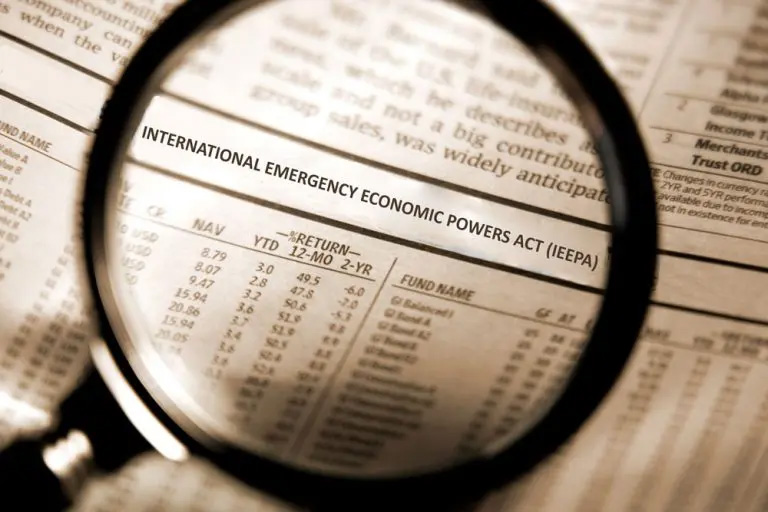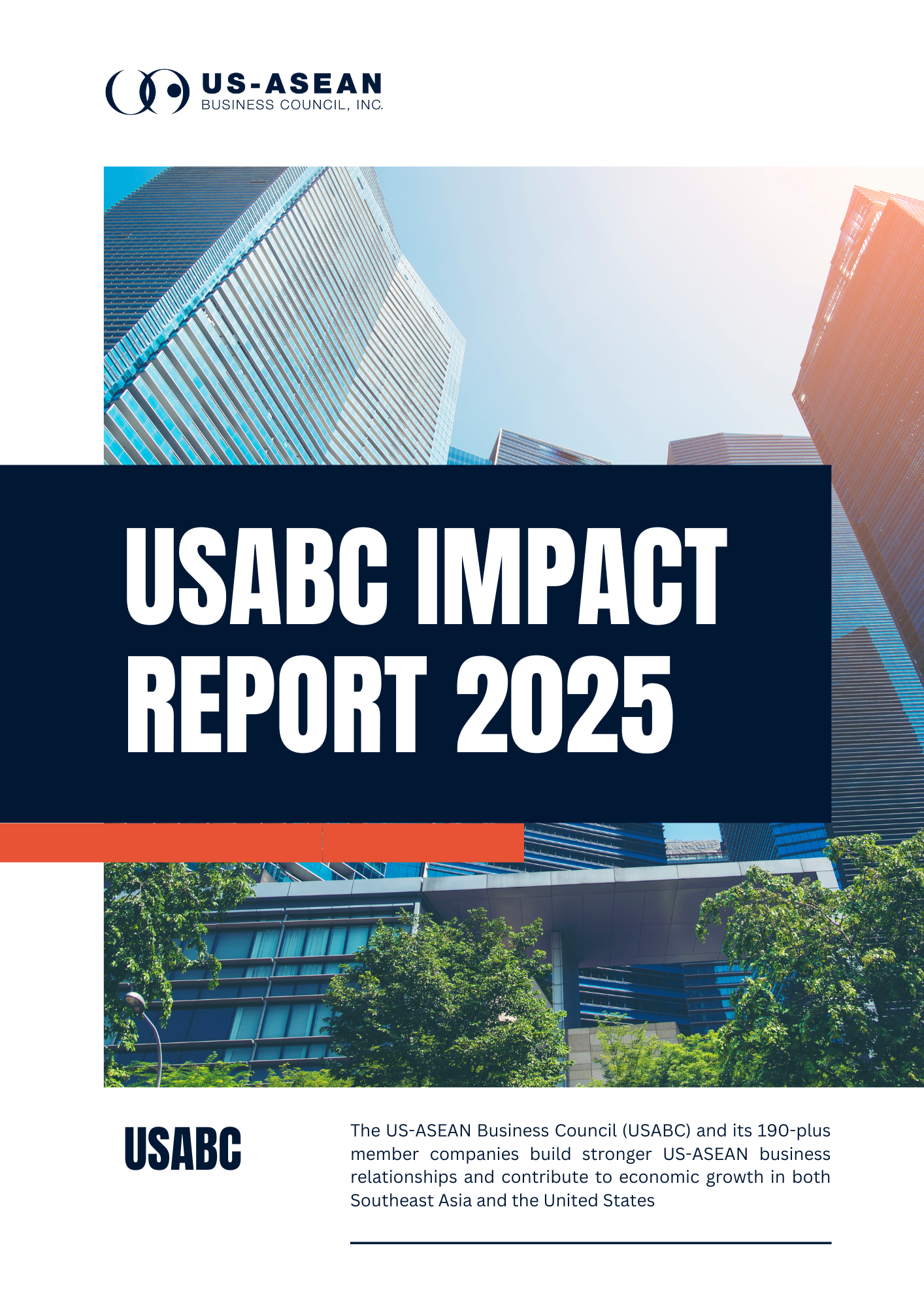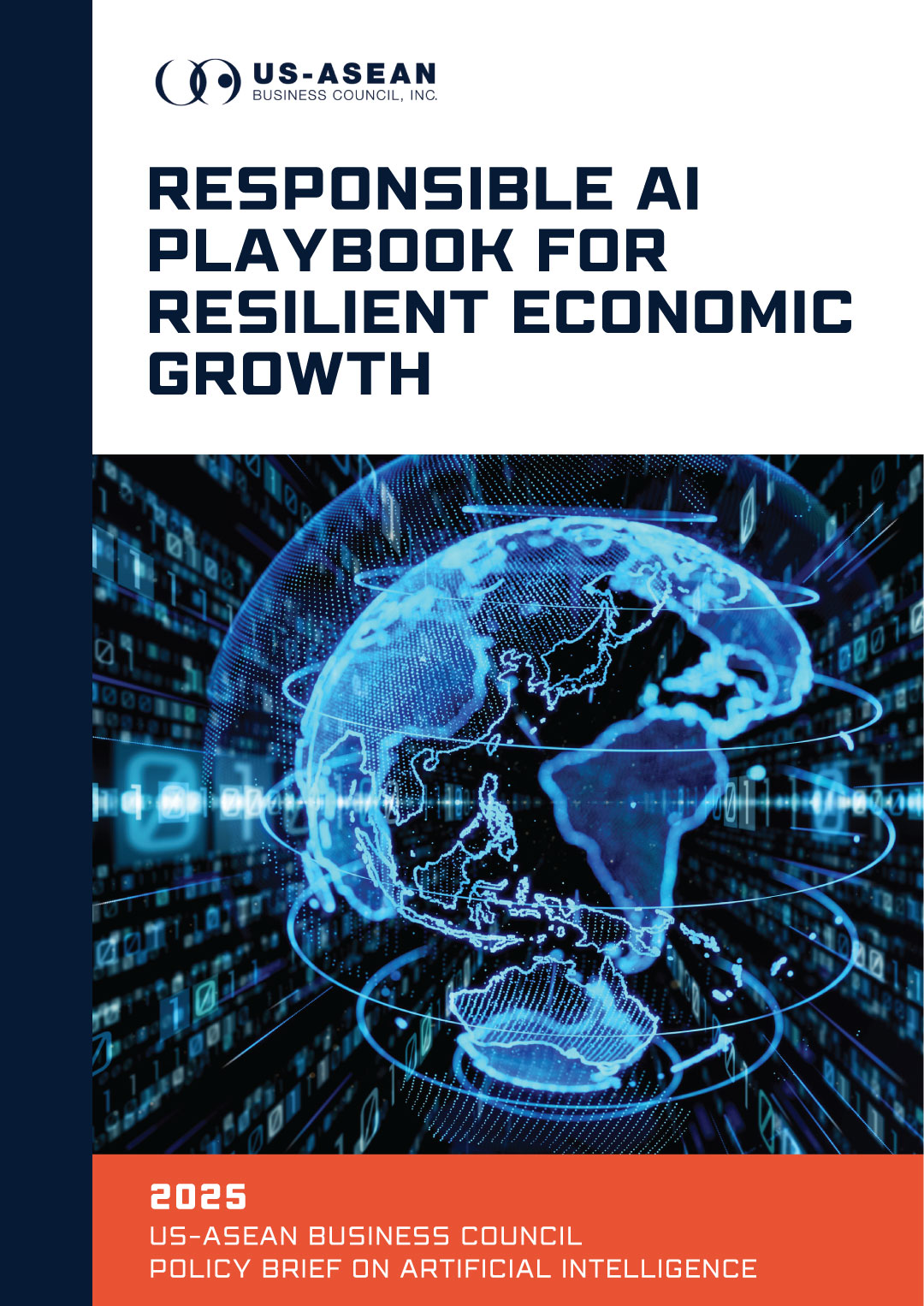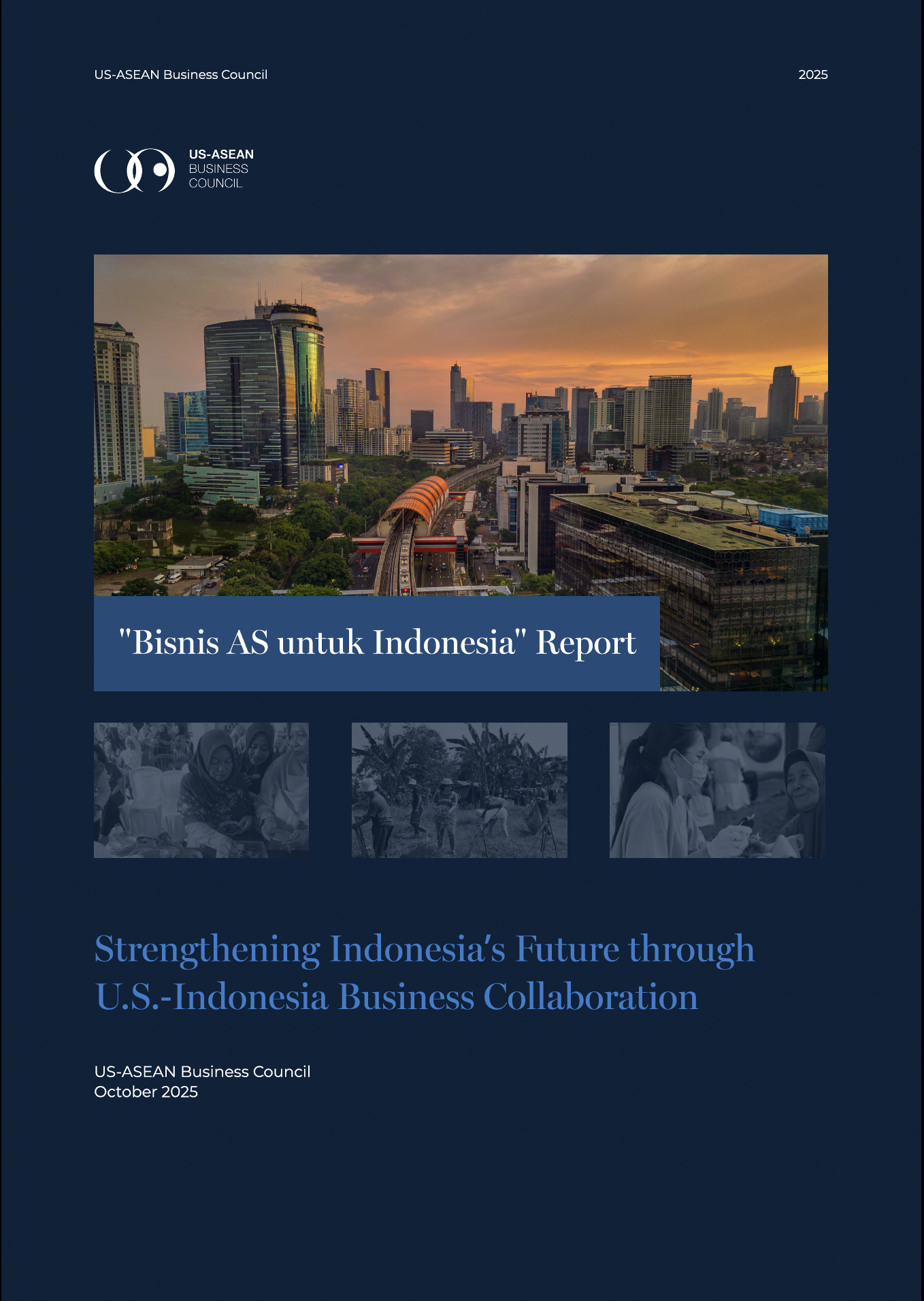Rollback or Continuous Reinforcement? Mapping the Potential Scenarios, What the Court Could Decide

The IEEPA law was enacted in 1977 to grant the President broad authority to regulate commerce during national emergencies involving foreign threats. Traditionally, it has been used for sanctions as part of U.S Cold War strategy to block international financial transactions, seize U.S.-based assets held by foreign entities, limit exports, regulate hoarding or gold, among others. President Trump’s current policies utilized IEEPA in an expansive and unprecedented way, imposing import tariffs to address national security threats from foreign trade imbalances and supply chains risks.
An appeal is likely to be filed before the U.S. Supreme Court by a losing party. Presented are the possible scenarios in the legal battle over President Trump’s use of IEEPA to impose tariffs – particularly those targeting China and other countries.
Scenario 1: If President Trump wins the appeal before the Federal Court of Appeals and eventually before the U.S. Supreme Court.
Legal Implications: IEEPA would be judicially interpreted to allow broad tariff powers, potentially confirming the President can impose tariffs without Congressional authorization if a national emergency is declared. Looking forward, future U.S. Presidents could invoke this precedent without consulting the Congress on trade issues by declaring national emergency.
Legal Consequences: It would set a powerful precedent unless Congress amends the IEEPA law. If Congress decides to limit the delegated powers, it could enact new legislation which would curb the executive overreach in emergency powers.
Effect in U.S. Fiscal Space: Ideally, tariffs would effectively increase tax revenues collected from American importers for the U.S. federal government, absent retaliation among its foreign trade partners. President Trump’s imposed tariffs on average represents a nominal increase of tariff rates on all imports to 16.1% and the effective rate would raise to 12.4% — the highest average rate since 1941. This potentially would accumulate $2.0 trillion in revenue over the next decade on a conventional basis and $1.4 trillion on dynamic basis and reduce US GDP by 0.8%, in the absence of foreign retaliation.
Scenario 2: If President Trump loses the appeal before the Federal Court of Appeals and eventually before the U.S. Supreme Court.
Legal Implications: The Court would rule that President Trump’s use of IEEPA exceeded legal authority set by the Constitution, reinforcing that IEEPA cannot be used for broad economic tariffs outside clear national security threats.
Legal Consequences: Tariffs rollback or refunds would potentially be allowed under Section 301 of the Trade Act of 1974 unless otherwise ordered by the Court. Although there is no certainty, in case the Supreme Court allows tariff rollback, the Court may potentially give the discretion to the U.S. Government the manner on how to return the tariffs collected through a different statute or through another renegotiation as part of the executive powers.
Effect in U.S. Fiscal Space: If the IEEPA tariffs are permanently enjoined by the Court, total US revenue collection would be reduced by $1.4 trillion to $603 billion over 10 years and decrease the negative GDP effect to 0.2%.









